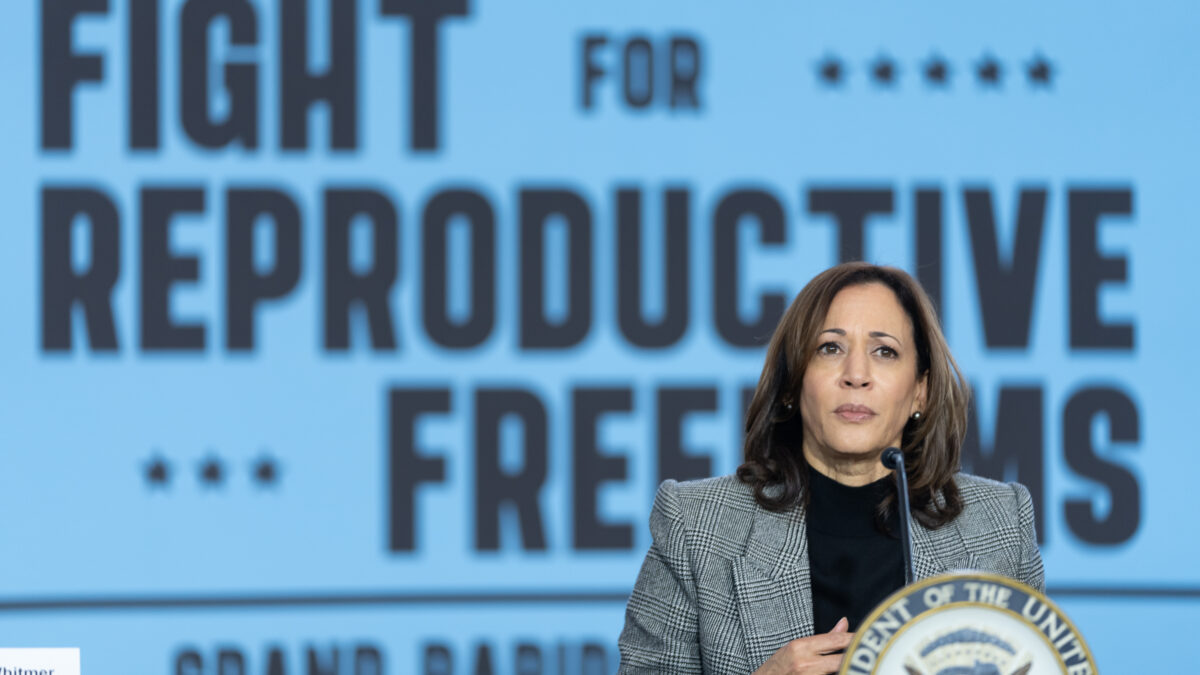“The New Republic” has a piece about Bloomberg View, the opinion arm of Bloomberg News that launched in 2011. It begins by talking about Bloomberg View’s “cushy digs,” confirmed by a reporter friend who described it as something so nice that it looked “like something Michael Bay might imagine a magazine space to look like.” The site features the opinions of Jeffrey Goldberg, Margaret Carlson, Peter Orszag, Ezra Klein and other premier journalists. The piece suggests that these folks are heavily compensated (“Michael Lewis makes around $8,000 per 1,200-word column.”).
Bloomberg View doesn’t have much influence in terms of readership or chatter, we’re told. Among columnists’ perks, though, are stays in five-star hotels for out-of-town columnists and dinners with the boss himself — former NYC mayor and nanny-state leader Michael Bloomberg.
Casually thrown into the article is this nugget:
Writers were also wined and dined by Bloomberg himself. At a dinner for columnists at the Palm, the mayor promised not to censor anyone, assuring them that they could, within limits—one of which was advocating against a woman’s right to choose—write whatever they wanted. At another salon-style dinner in a private hotel dining room, Bloomberg explained that he didn’t care that the site was losing money. His priority was providing a value-add to Terminal subscribers: that is, the tony network of financiers who pay upwards of $20,000 a year for access to the software system that is Bloomberg L.P.’s cash cow. One former staffer explained: “He wants the [international] glitterati, his peer group, to start talking about what’s in Bloomberg View.”
We’re told that Bloomberg promised not to censor anyone and assured everyone they could basically do what they want. So long as what they want does not involve advocating in defense of the rights of unborn children not to be killed.
Just that.
It speaks volumes about the current media climate that the alleged censorship of pro-life views would just be a brief line in this piece.
But is it true? One of the few Bloomberg View columnists I make time to read is Ramesh Ponnuru. I’d have a hard time imagining one of the pro-life movement’s greatest apologists agreeing to censor his pro-life views. He is the author of “The Party of Death: The Democrats, the Media, the Courts, and the Disregard for Human Life,” after all.
Indeed, he’s written for Bloomberg View on “Kermit Gosnell and the Horrors of Abortion,” on how “Kermit Gosnell’s Verdict Is Not Justice,” and on the onerous HHS mandate battle in “War on Contraception? No, an Attack on Religion.”
“I have never been told to avoid any topic,” Ponnuru said in an e-mail. “No one at Bloomberg warned me off these pieces beforehand or complained about my having written them afterward.”
It is of course possible that Bloomberg made those comments against pro-life advocacy at a dinner but that no one was stupid enough to convey them to Ponnuru.
A bigger problem with media coverage of abortion is in the news pages. Which is where this interesting discussion with top journalists comes in. From Politico today:
Top journalists from The New York Times, NBC News and CNN acknowledged Wednesday that, generally speaking, the national media has a liberal bias.
On a Playbook Breakfast panel, the Times’ Peter Baker and Mark Leibovich, NBC’s Kelly O’Donnell and CNN’s Jake Tapper all said “yes” when asked if the news media leans left — though all agreed it was a nuanced issue having more to do with journalists’ life experience than with any particular agenda.
“Most of my colleagues, I have no idea what their politics are. … But think about it: I live in northwest Washington, none of my neighbors are evangelical Christians, I don’t know a lot of people in my kid’s preschool who are pro-life,” Leibovich said. “When you have conversations, at all the newspapers I’ve worked at, about politics — it doesn’t happen often — but you see clues that there is absolutely a left-wing bias.”
The reasons for the media’s embarrassing failures in abortion coverage are many. Anyone who paid attention to the media’s handling of Planned Parenthood’s shakedown of the Komen Foundation, the media cover-up of Kermit Gosnell’s trial or the effusive praise of late-term abortion advocate (and tennis shoe wearer) Wendy Davis knows this. But one of the problems is the cultural isolation of our media figures. Not having evangelical neighbors or pro-life friends means you are extremely out of touch with much of American society. Even if you don’t seek to be biased, this colors how you cover major abortion stories — or fail to cover major abortion stories, as it were. Tapper goes on to note that this cultural isolation presents itself in lack of military experience, exposure to poverty, and, again, contact with evangelicals.
But journalists have been noting their socio-economic isolation for years without positive change in news coverage. If anything, some news coverage is getting worse. After the Washington Post had to be shamed into covering the trial of serial murderer and abortion doctor Kermit Gosnell, top editor Martin Baron casually noted that there was a very simple explanation for why his paper had failed to cover the major abortion trial of the past few years: He was unaware of it.
Baron didn’t seem to realize that a newsman being unaware of one of the most important abortion-related stories of the decade is self-indicting. The Washington Post covers abortion stories religiously, of course. I noted that one “health policy” reporter had covered Todd Akin, Sandra Fluke and the Komen Foundation some 80+ times and yet failed to mention Gosnell. She explained that she didn’t cover it because it was a “local crime” story. Ignorance. Local crime. Censorship. Whatever the reasons news figures give, the bottom line is that editors need to work on better coverage of major human rights stories.
Occasional self-reflection that we could do better is not enough.









